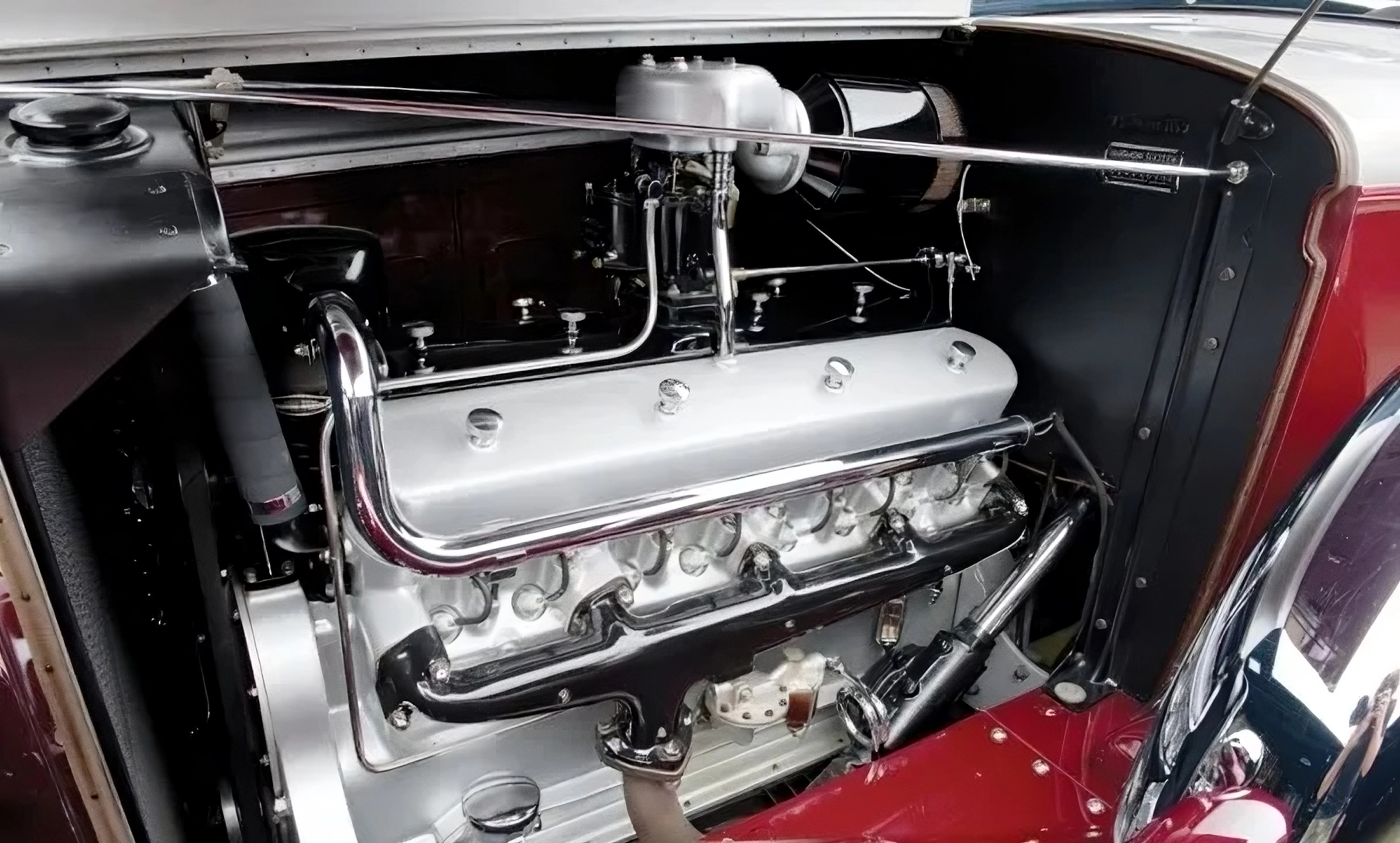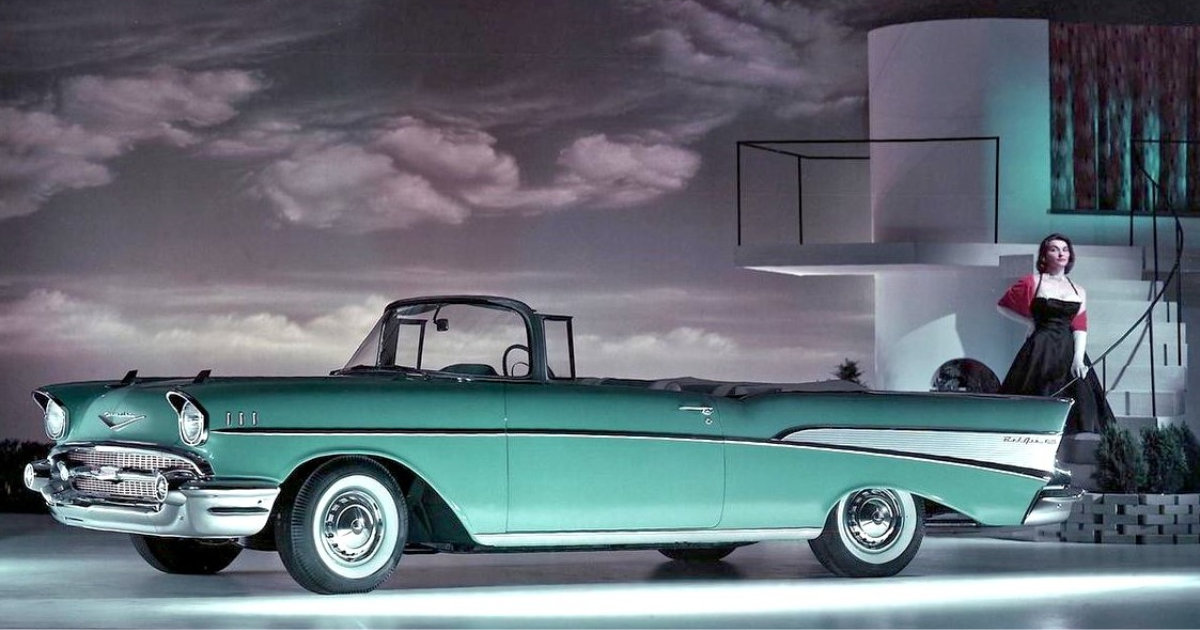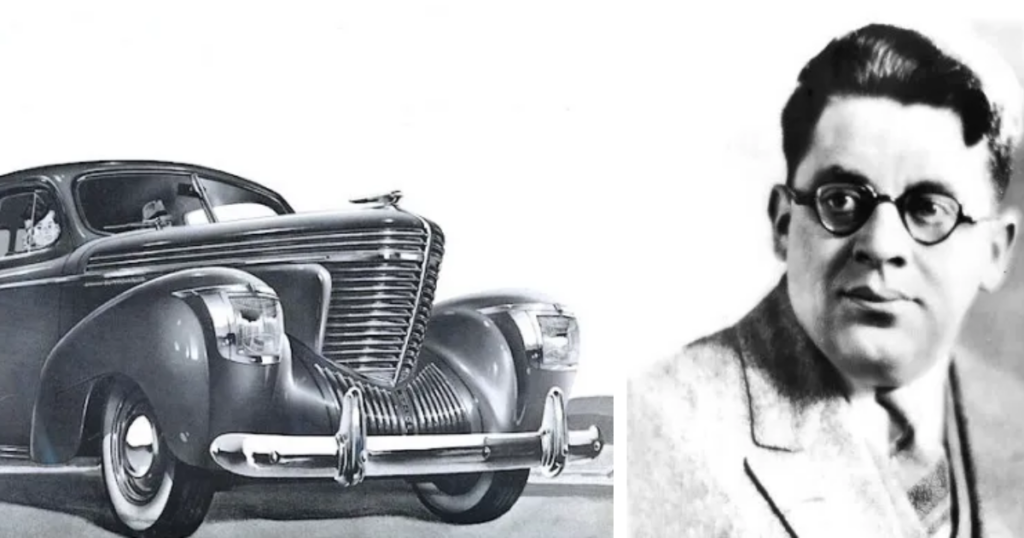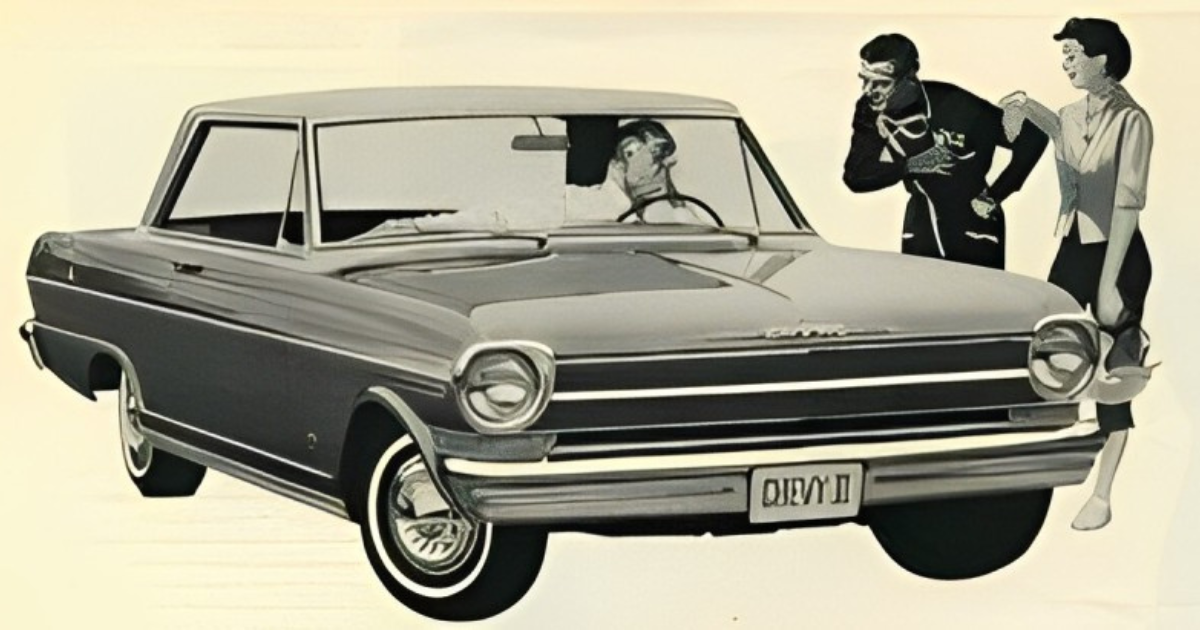
When it came out on July 7, 1959, the 1960 Corvair was a pretty good seller for General Motors. That first year, more than 250,000 were sent out. But because of its unique air-cooled rear-engine design, the Corvair was very expensive to make. The company always had trouble meeting its cost goals and making a good profit.

Ford, on the other hand, did something very different with the Falcon, its entry into the small class. Because of how simple and standard it was designed, it was easy to build, didn’t cost much, and people liked it. The first year of the Falcon, more than 435,000 were sold. In the USA, it sold more than the Corvair, the Rambler American, and the Volkswagen Beetle. The top people at GM had had enough by December 1959. Chevrolet would go after the Falcon head-on with the Chevy II, a second small car.

Only 18 months passed between the first blank sheet of paper and the start of production in August 1961, which is lightning fast for a car like the Chevy II. Even though it’s not an exact copy of the Falcon, there are a lot of parallels. It was 183 inches long, 110 inches wide, and 110 inches tall, the same as the Falcon, give or take an inch or two. The front suspension looked a lot like the one you are used to, with coil springs on top of the upper wishbones and strut-rod lower control arms. The X-body is what the company calls this basic platform. In its first generation, it wasn’t used by any other GM car.
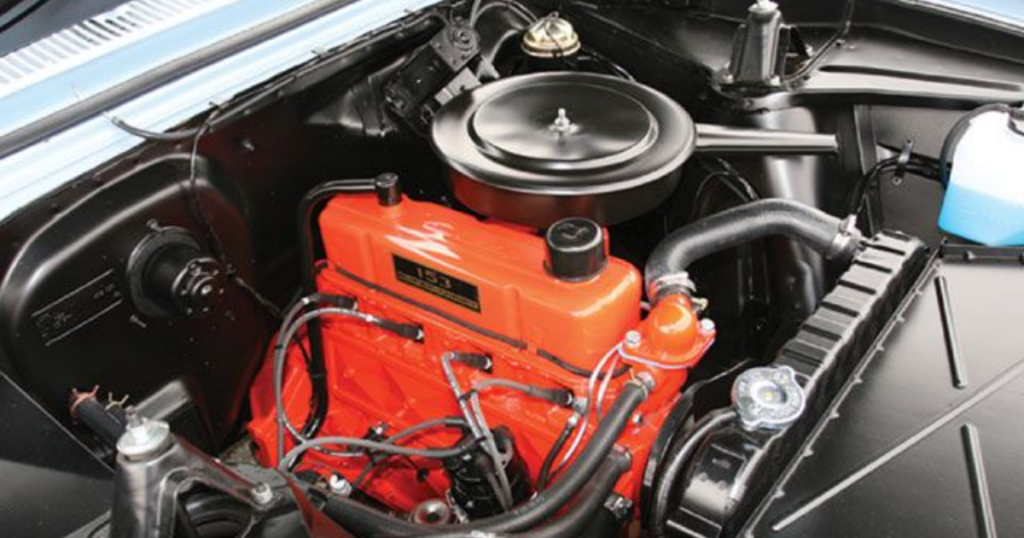
There were, however, some changes and some new ideas as well. For ease of production, the Chevy II’s unit-construction frame was made of two halves that were bolted together at the firewall with 14 fasteners. The rear suspension was a unique mono leaf design. The new compact car was also the first to have the completely redesigned Power glide automatic transmission from Chevrolet. The full-size cars would get this transmission the next year and in the first year, the Chevy II came with two engine choices: a 153-CID inline four and a 194-CID inline six. Both were versions of the third-generation Chevrolet straight six engine, which was first used in 1963 in the bow-tie division’s big cars. (This type of inline engine shared tools and parts with the Chevy small-block V8.) The six was much more common than the four in the Chevy II. In 1962, more than 80% of the cars sold were six-cylinders.
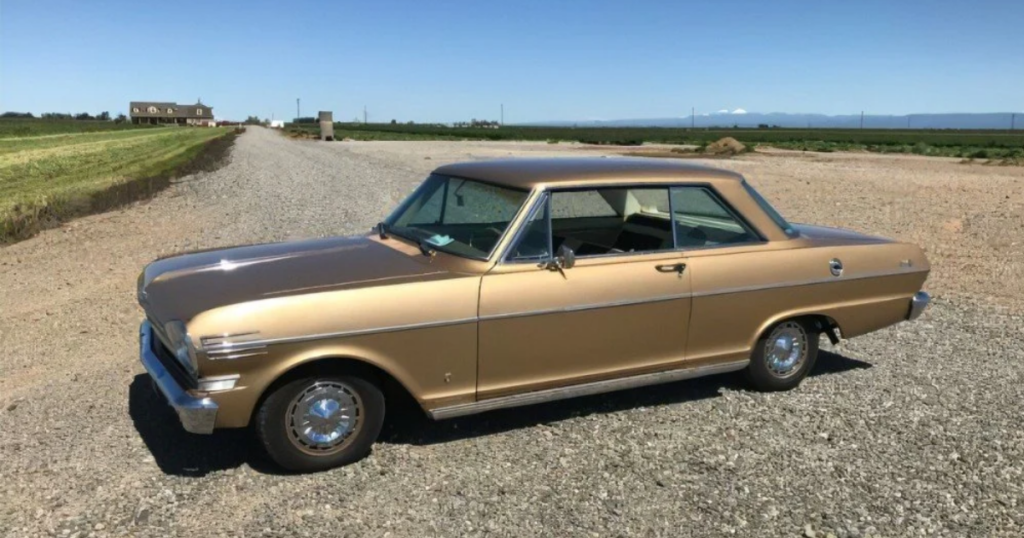
For its first year, the Chevy II came in three trim levels, starting with the basic 100 series (shown above). The base price of $2,000 was $8 more than the Corvair and $18 more than the Falcon. The 300 series came next. It had a little more gold trim and better fabrics inside. The 400 Nova was the top of the line. It came with real flooring inside and an inline six engine. All three trim levels came in car, station wagon, and two-door sedan body styles. The 400 Nova wagon could have a third seat added. There was also a cool two-door hardtop sport coupe (top shot) and a convertible in the 400 Nova line.

Back in 1962, the Chevy II didn’t come with a Super Sport, a V8, or a four-speed gear. All of that would happen a few years later, when the third generation of the platform (1969–74) finally came out with big-block V8s. The Chevy II mark stopped being used in 1969, but the Nova name stuck around for many years. GM and Toyota NUMMI made a front-drive small car with that engine from 1985 to 1988. That was the last time it was seen in the US.


